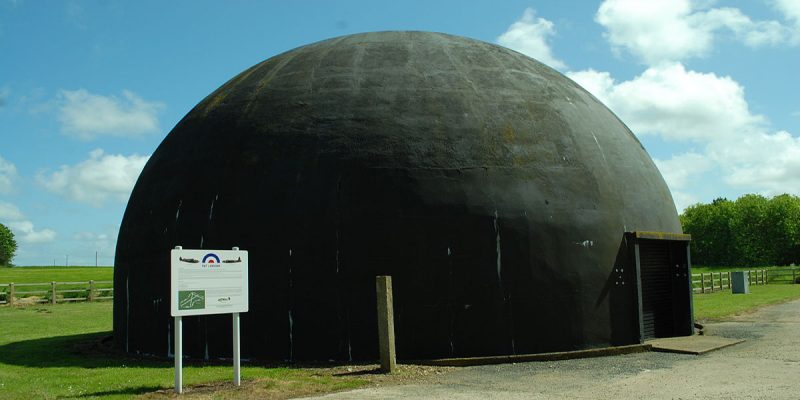About 24 km northwest of the city of Norwich, in north Norfolk, England, lies the abandoned remains of Royal Air Force Langham or more simply RAF Langham, a former Royal Air Force station which operated from 1940 to 1961. The airfield was the most northerly of the Norfolk wartime RAF airfields and was situated 3.3 miles (5.3 km) from the North sea at Blakeney. This made it a desirable location to be used by Coastal Command which had come into prominence since the outbreak of the Second World War.
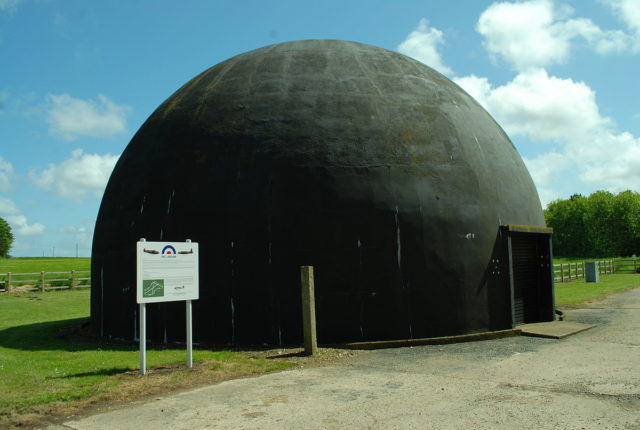
Originally established in 1940, as an emergency landing ground and satellite station to RAF Bircham Newton during the first few months of the war, the station became independent in 1942, when it was upgraded with concrete runways, a perimeter track and hardstandings, and there is evidence to suggest that it was equipped with the FIDO fog dispersal system. In 1947 the station was placed into care and maintenance, but it was reactivated during the Korean War. It was later used as an emergency landing strip for RAF Sculthorpe, before final closure in 1961. Now encroached upon by a grass field, a few broken buildings, a concrete airstrip, and mysterious black concrete domes are all that remains of RAF Langham.
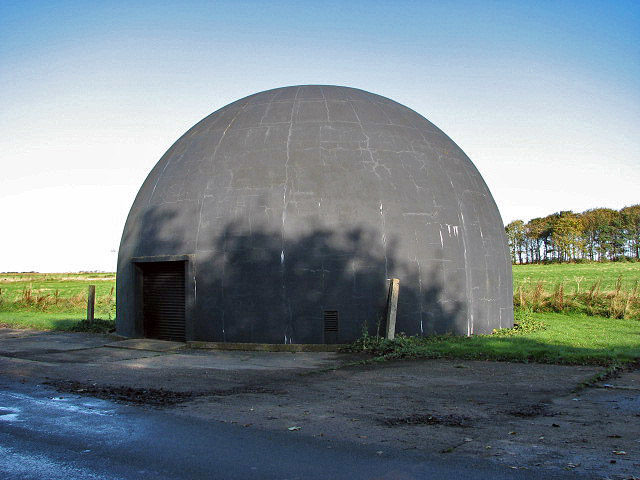
This black domed building is Langham Airfield Dome Trainer, one of around 40 structures of this kind which were built during WWII and used for the instruction of ground-to-air anti-aircraft gunnery. Today, only a few of these buildings have survived. Langham Dome, which sits on the edge of the former base and the only one that is accessible to the public, is one of only six remaining training domes in the country, built in 1942. The others are at Pembrey, Limavady, Mildenhall, Wyton and Shoreham.
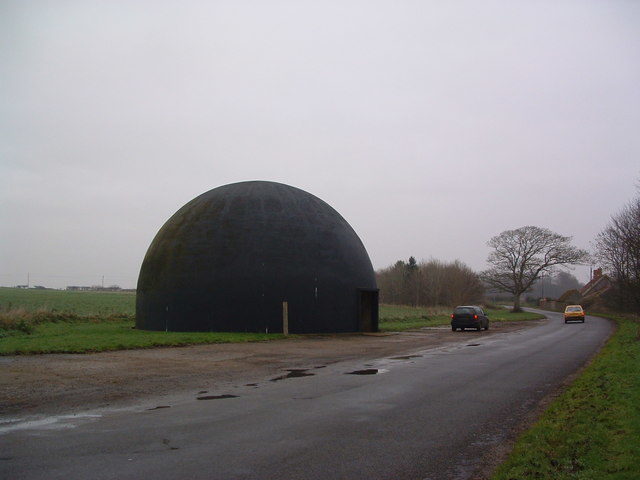
The Dome Trainer was designed by naval officer Henry Stephens. He was sitting at a newsreel theater and watching a film of ground-based gunners firing at aircraft. He began to wonder how the gunners were trained and how they could be made to be more effective. Eventually, the idea of the Dome Trainer came to him. Projection equipment inside the dome played film of aircraft and dive bombers making mock attacks that were projected on the interior walls of the dome.
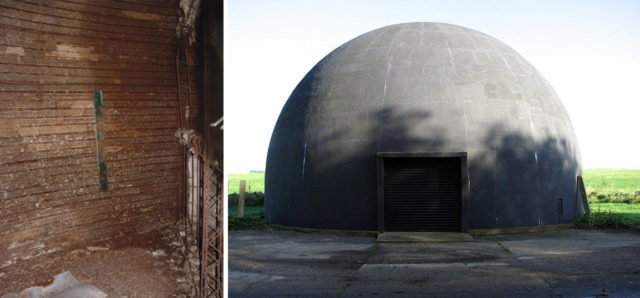
When firing at the image of the attacking aircraft, the replica gun projected flashes of yellow light onto the wall of the dome, which allowed the instructor to measure the accuracy of the shooter. These flashes can only be seen by the instructor and not by the trainee because they were made to look through a yellow filter. For its time, it was a very sophisticated training simulator.
